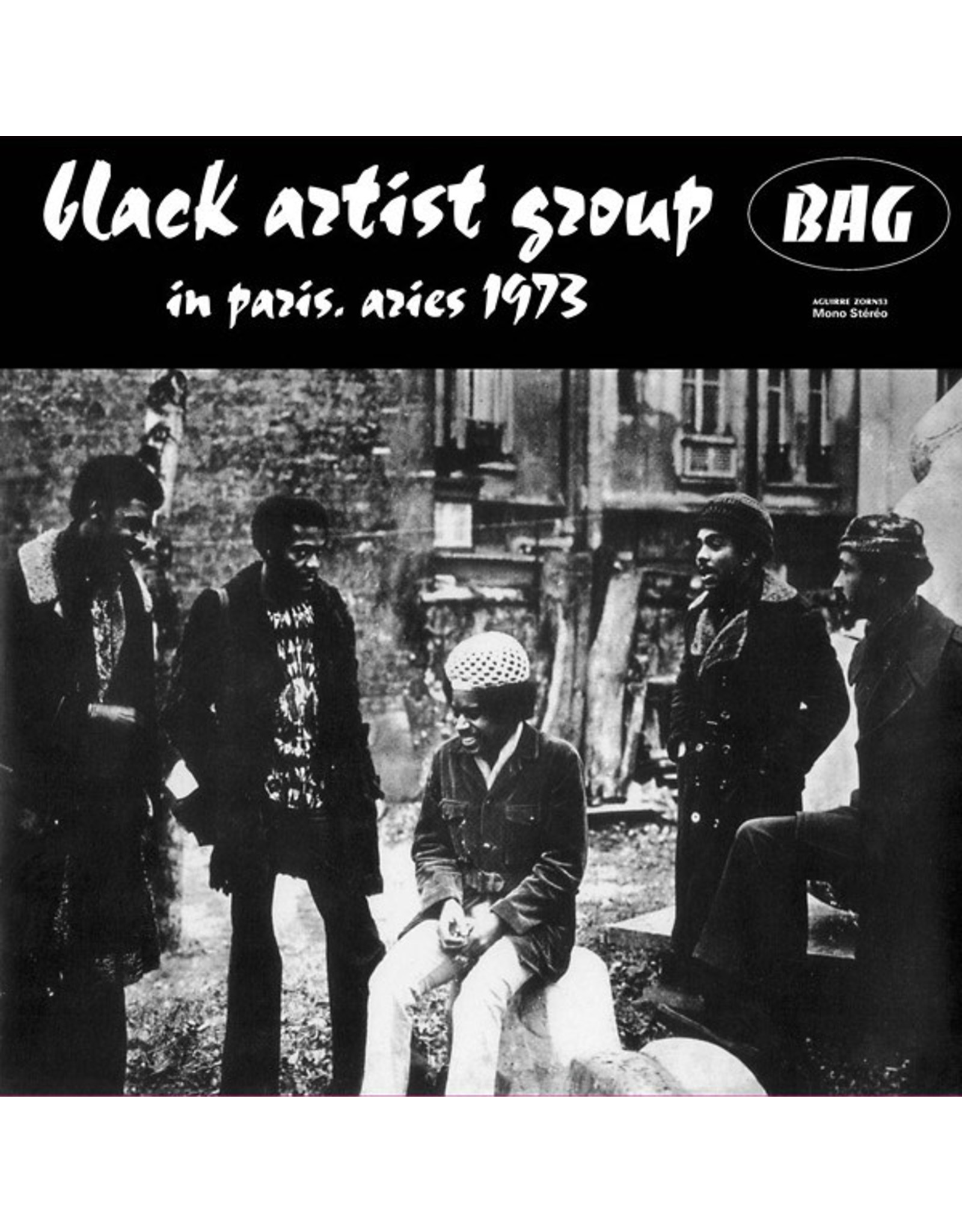Black Artists Group: In Paris, Aries 1973 LP
| Availability: | In stock |
Aguirre Records present a reissue of In Paris, Aries 1973 by the Black Artists Group. "This outstanding free jazz session was recorded in 1973 in Paris by Chicago outfit. It was Lester Bowie, trumpeter with the Art Ensemble of Chicago, who suggested that the Black Artists Group should head for Paris. In 1972, several members took his advice and flew to France for an extended stay. The following year, a concert featuring saxophonist Oliver Lake, trumpeters Baikida Carroll and Floyd LeFlore, drummer Charles Bobo Shaw and trombonist Joseph Bowie (Lester's younger brother) was recorded and subsequently issued as In Paris, Aries 1973, a limited LP on the group's own label. Since their formation in 1968, the home of the collective had been St Louis, the city where the Bowies had grown up. It was there that Lester started to play, before moving, to Chicago in 1966, where he joined the recently-established Association for the Advancement of Creative Musicians (AACM). His close friend Lake visited, attended AACM concerts and meetings and was inspired by their artistic vision, integrity, and organization. In June 1969, the Art Ensemble had taken their music to France, with its reputation for audiences that were open-minded and receptive to the music of innovators such as Cecil Taylor, Ornette Coleman, and others. In Paris, Aries 1973 offers a fascinating glimpse into that phase of BAG's existence. The album is dedicated to the memory of Kada Kayan, a bassist who had hoped to make the trip from St Louis but had grown ill and died. His absence adds special poignancy to the sound of the bass when it appears on this recording, played by Carroll. In Paris, Aries 1973 reveals BAG's musical affinities with the Art Ensemble of Chicago. Both groups preserved an independently-minded approach to the notion of free jazz and a carefully filtered awareness of pan-African musical practices, while their creative interest in space, mobile structure, chance occurrences and simultaneity also suggests parallels with the concerns of leading experimental composers working at that time. These performances in Paris of Shaw's "Something to Play On" and Lake's "Re-Cre-A-Tion," plus two collective compositions/improvisations, display the dedication to structural fluency and sensitivity to coloration that accompanied BAG's unorthodox group dynamics and their unconventional instrumental combinations. This is not a showcase for solos, but a shape-shifting and multi-centered statement of togetherness and discovery."--Julian Cowley.


